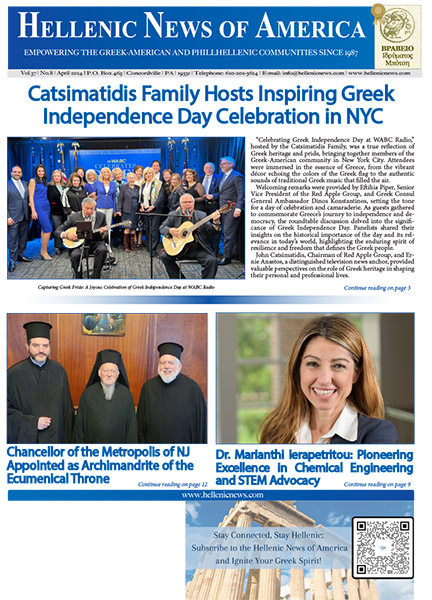
Temple University Hospital Now Offering Abdominal Aortic Aneurysm Repair without an Incision
(Philadelphia, PA) – Temple University Hospital (TUH) is now offering a new minimally invasive, “incisionless” treatment option for patients with abdominal aortic aneurysms. TUH recently became the first hospital in the Philadelphia region to use the Vela™ Proximal Endograft by Endologix, Inc., the only stent which is FDA-approved for percutaneous endovascular abdominal aortic aneurysm repair.
“The endovascular repair of abdominal aortic aneurysms (AAAs) is a great technical and medical achievement of the past 20 years, and is much preferred over open surgery, but the procedure remains technically complex and highly dependent on the patient’s anatomy,” said Grayson H. Wheatley III, MD, FACS, Associate Professor of Surgery at Temple University School of Medicine, and Director of Aortic & Endovascular Surgery at TUH. “This new stent greatly increases the precision and predictability with which we perform the procedure.”
AAA is a weakening of the wall of the aorta, the major vessel carrying the blood from the heart to the rest of the body. If left untreated, an aneurysm may rupture, which is life-threatening. According to the Society for Vascular Surgery, approximately 200,000 new AAAs are diagnosed in U.S. patients annually, mostly in patients over 65 years of age.
This new stent is delivered percutaneously, which means there is no surgical incision. Instead, the surgeon uses a small needle hole in the artery next to the groin to advance a catheter containing the stent into the aorta. The surgeon then uses real-time imaging to deliver the device at the proper location. Once in place, the device allows for the normal flow of blood through the aorta to the rest of the body, fixes the aneurysm and ends the risk of rupture.
The procedure can be performed while the patient is either under general anesthesia or while awake using local anesthesia in a hybrid operating room. It generally takes between one to two hours and the patient is typically able to return home the day after the procedure. Traditional endovascular aneurysm repair requires an incision and a two or three night hospital stay.
“This new minimally invasive treatment option provides multiple benefits to our patients,” added Dr. Wheatley. “Compared to traditional endovascular aneurysm repair, it is less painful, has a smaller risk of infection, generally eliminates the need for blood transfusion and requires a shorter hospital stay. We are proud and happy to be able to provide this option to our patients.”
Editor’s Note: Neither Dr. Grayson Wheatley nor members of his immediate family have any financial interest in Endologix.






